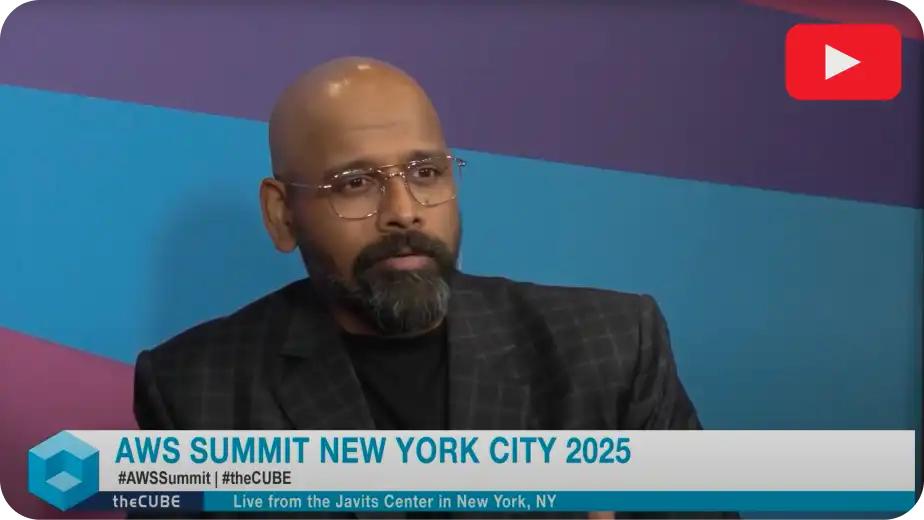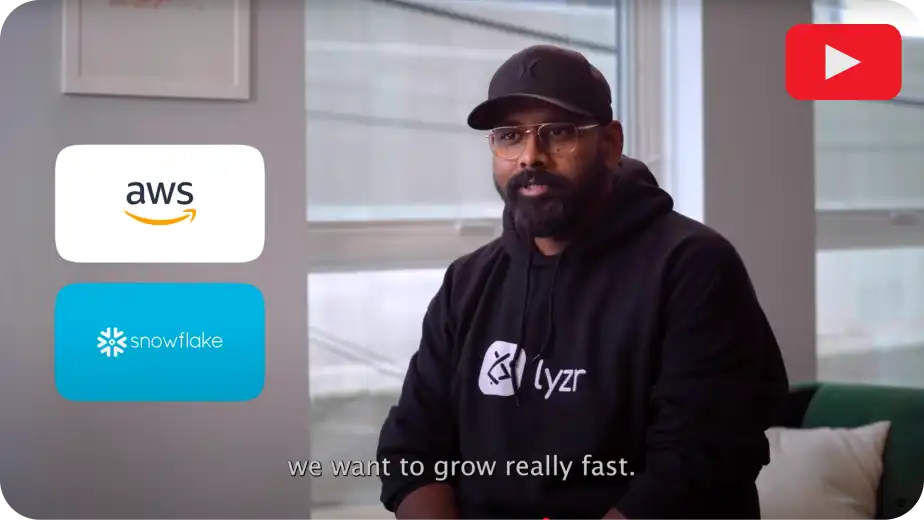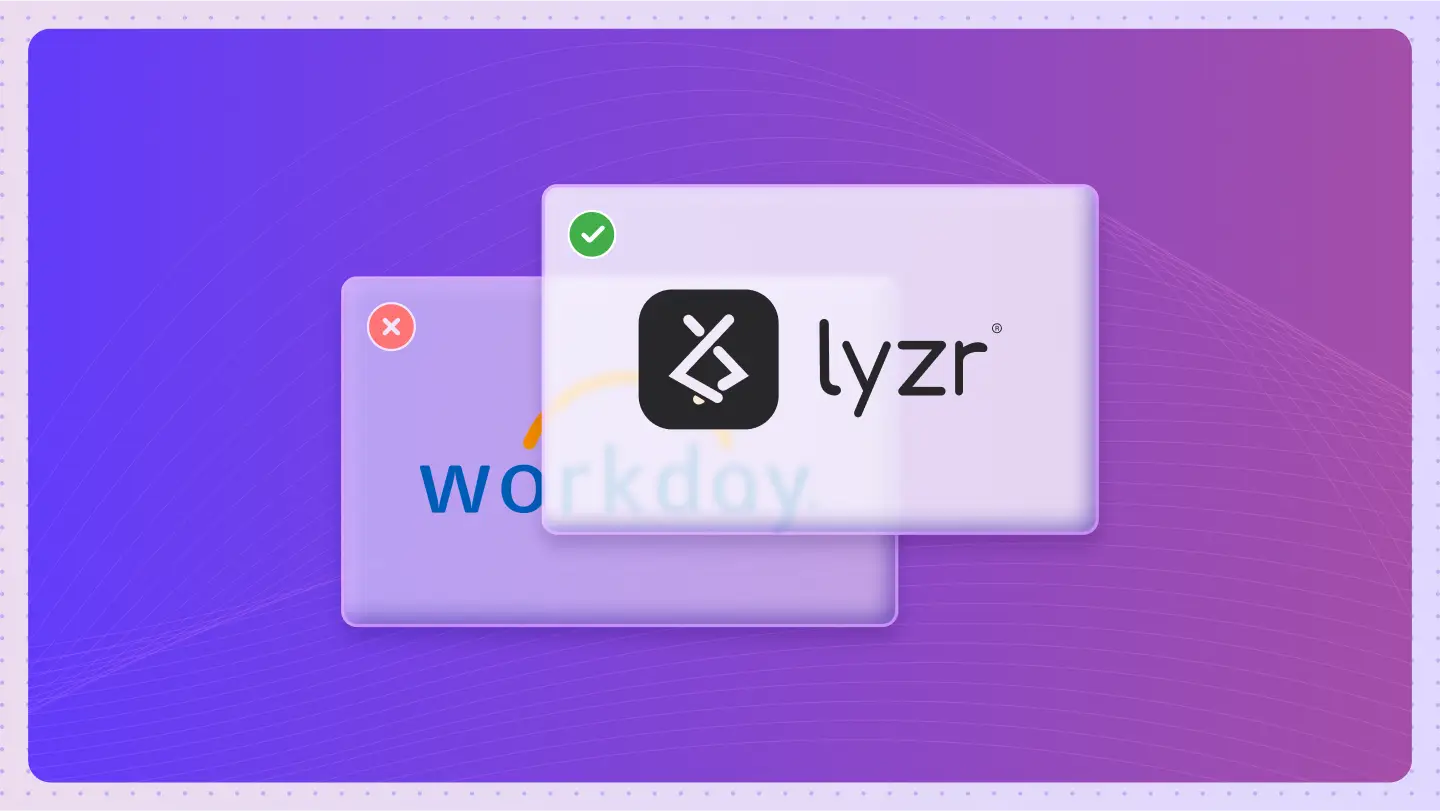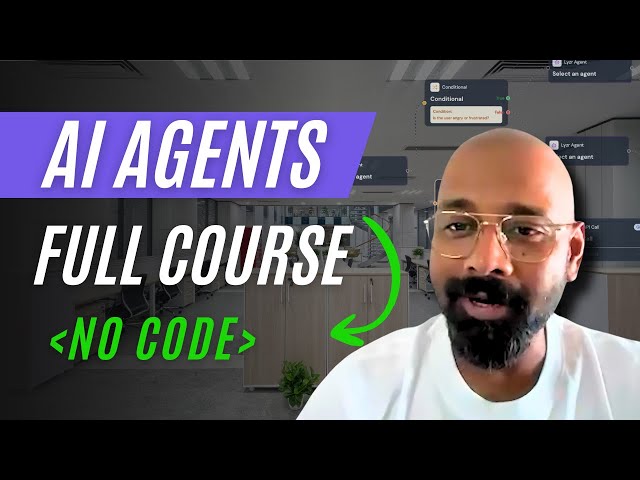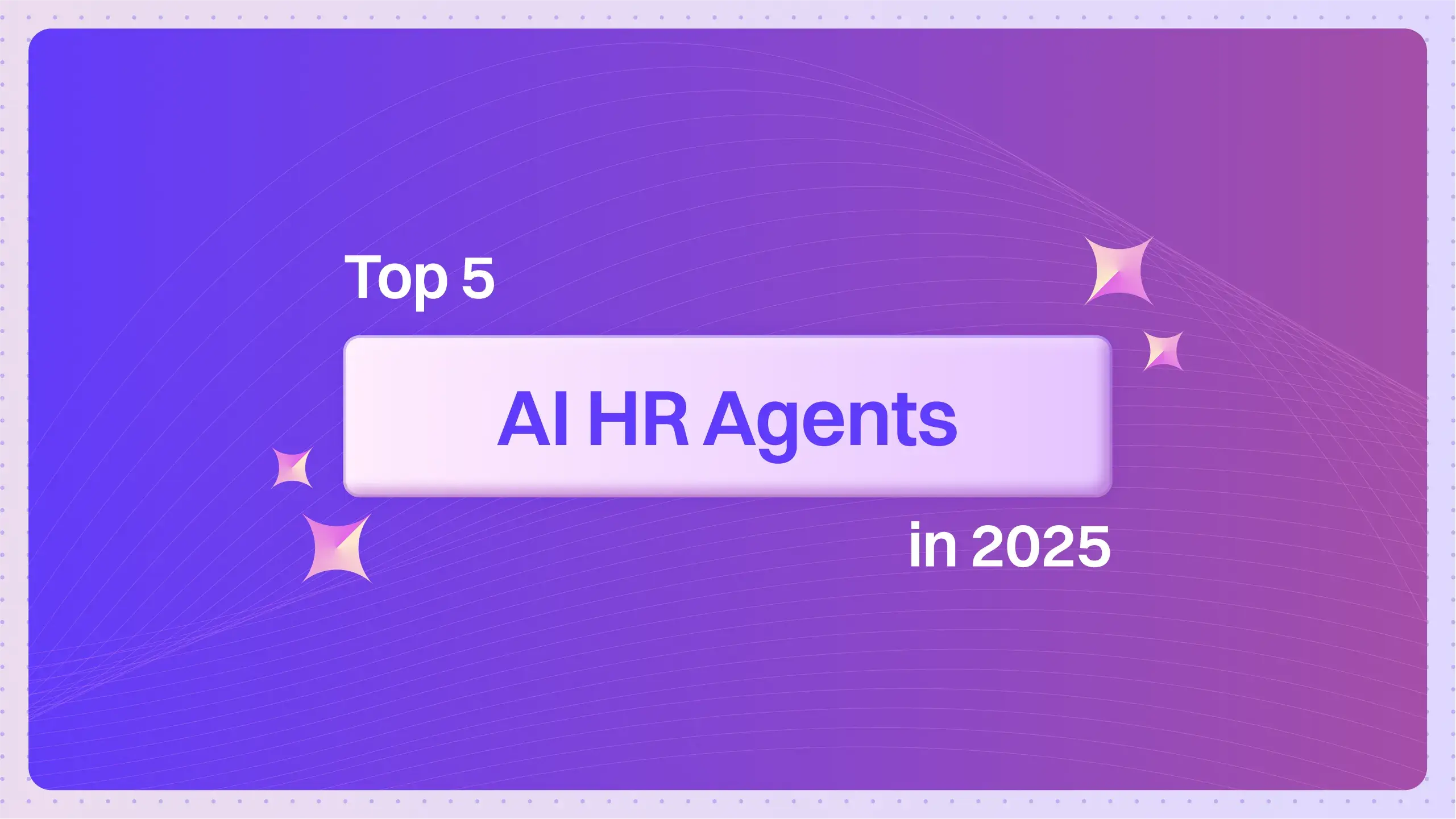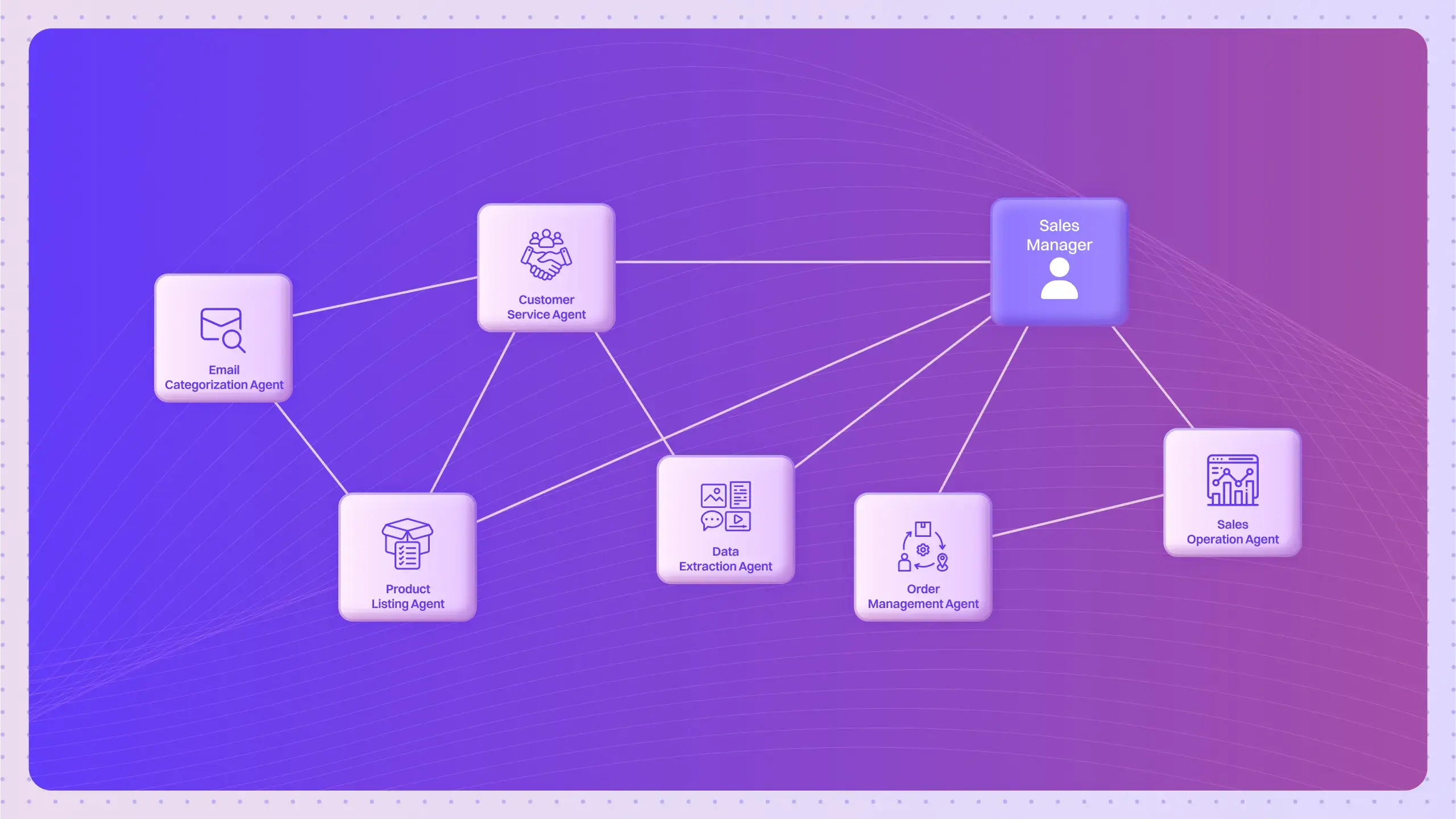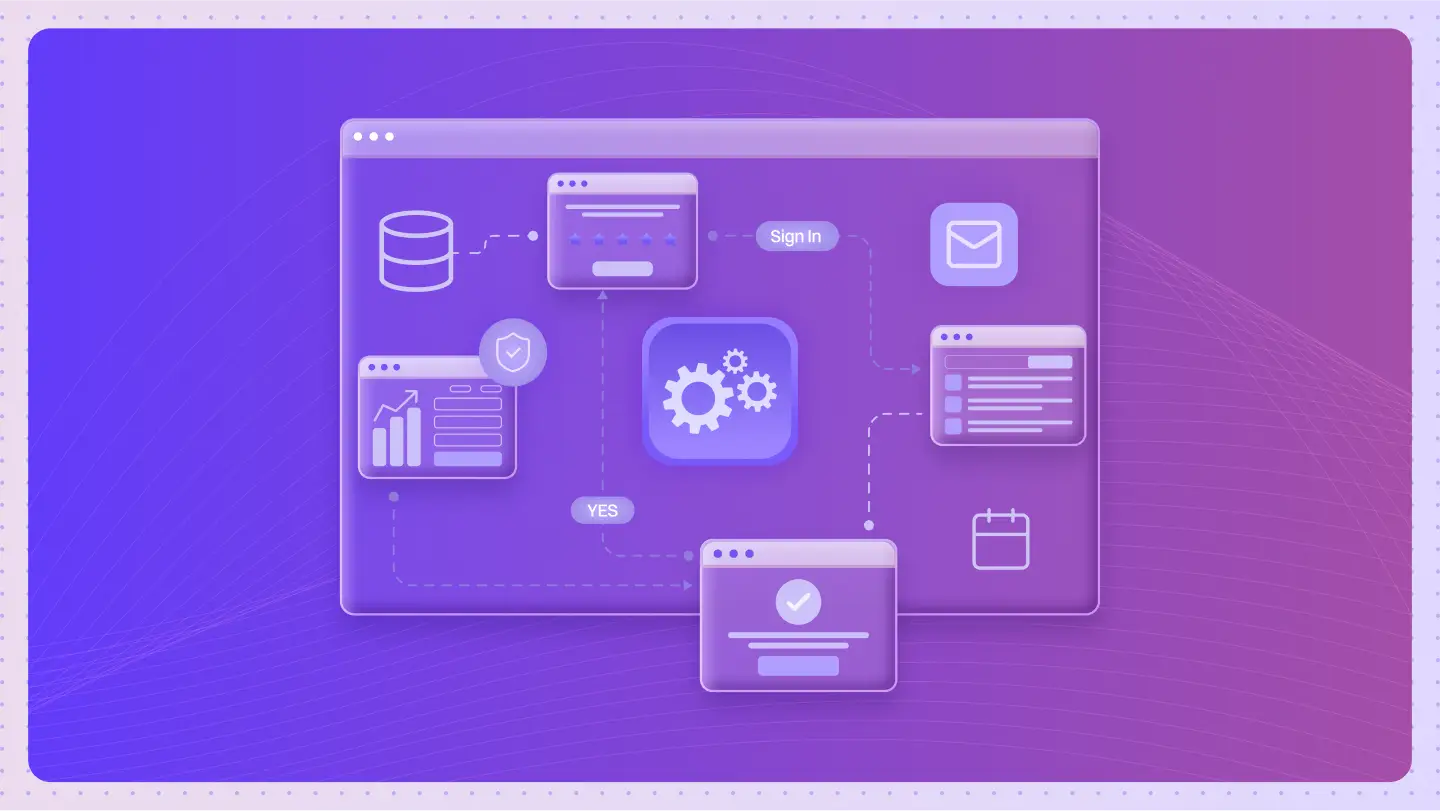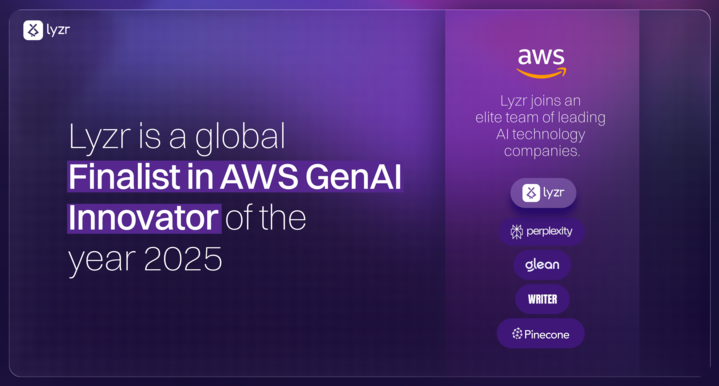Table of Contents
ToggleYou know the sound of it. The constant ping of repetitive questions.
- “Can you resend the onboarding doc?”
- “What’s the leave policy again?”
- “Any update on my performance review?”
Now, imagine a different reality. Docs arrive without anyone asking. Policies are explained instantly. Updates are proactive, not reactive.
The most frustrating part is that your HR team is incredibly skilled, but they’re trapped. They are buried under a mountain of follow-ups, forms, and that fifth “quick question” that can derail an entire afternoon. They were hired to build culture and develop talent, not to be human search engines.
That’s the problem HR Agents were built to solve.
And no, these are not the clunky, keyword-based bots that drove everyone crazy a few years ago. They are smart, focused assistants that handle the repetitive, operational work so your team can finally get back to the human work.
For any leader tired of seeing great talent buried in busywork, the real question isn’t if this change is coming, but how to lead it.
What are HR Agents: The Automation Layer Your Team is Missing?
At its core, an HR agent is a smart assistant designed to automate the high-volume, repetitive tasks that consume your team’s day. It is not another complex piece of software you have to manage.
Think of it as an intelligent automation layer that sits on top of the tools you already use, like Zoho People, or your Google Workspace. It connects your existing systems and makes them proactive.
In practice, this is the difference between reactive work and automated resolution.
- The Old Way: An employee sends a Slack message asking about their leave balance. An HR manager stops what they are doing, logs into the HR system, finds the number, and replies.
- The New Way: The employee asks the agent the same question. The agent instantly pulls the data from the HR system and provides the answer, with no human intervention required.
The same logic applies to more complex workflows. When a new hire joins, an onboarding agent can guide them through every step of their first week, from document submission to IT setup and team introductions, without an HR manager needing to micromanage the process.
The impact is significant. Teams using these agents are reclaiming up to 40% of their time. This is not just a small efficiency gain. It is the recovery of two full days a week, time that can be reinvested in strategic work like manager training, retention programs, and succession planning.
And what was once a complex, enterprise-level tool is now accessible. With modern platforms like Lyzr AI, these agents are being built and deployed in hours, not months, making them a practical reality for mid-sized companies, not just corporate giants.
The technology has clearly arrived. But this rapid adoption is driven by more than just new software. It’s a direct response to the immense pressures every HR leader is facing right now.
Why Now? The Pressures Driving the Rise of HR Agents
This is not a gradual shift. It is a rapid response to three critical pressures that have pushed the traditional HR operating model past its limits, making the case for a new approach undeniable.
1. Too Many Questions, Too Little Time
The modern workplace runs on questions. But when HR teams spend, by some estimates, up to 70% of their time answering the same handful of queries about leave policies, payroll, and benefits, they have no time left for strategic work. This creates a massive operational drag on the entire business. The team hired to be people experts is forced to operate as a human FAQ, and critical initiatives stall.
2. Onboarding Needs Structure, and Scale
The employee experience begins on day one. Data consistently shows that a poor onboarding journey makes a new hire twice as likely to look for another job within six months. As companies grow and work becomes more distributed, delivering a consistent, high-quality experience at scale becomes nearly impossible to manage manually. In a competitive talent market, inconsistent onboarding is a self-inflicted wound that leaders can no longer afford.
3. HR Teams Can’t Scale With Headcount
The old solution to a growing workload was simple: hire more people. That era is over. Today, a lean HR team of three to five professionals might support a workforce of over 400 employees. Throwing more headcount at the problem of repetitive work is no longer financially viable, nor does it solve the underlying inefficiency. The only path forward is to scale operations without scaling the team, turning to automation as a force multiplier.
These pressures are not theoretical. They are the daily reality for HR departments everywhere.
Recognizing this, the most forward-thinking leaders are no longer trying to patch the old model. They are deploying a new class of tools to solve these problems at their source.
A Leader’s Guide to Smarter HR Automation
The world of HR technology is changing fast. For leaders, it’s key to know the options. You can group HR AI tools into three main types. While each has a role, one clear winner is emerging for companies that want to lead.
1. The Old Guard: The Enterprise Platforms
These are the giant names in HR software: Oracle, Workday, and IBM. They promise to work well if you already use their other products.
- Oracle: Gives you over 50 ready-made AI agents for HR tasks. This works best for companies that are already fully committed to the Oracle Cloud system.
- Workday: Focuses on control. It gives leaders a single place to manage agents, which is good for large companies that need strict rules and data access.
- IBM: Uses its Watsonx technology for simple tasks like approvals. It’s a safe choice for companies that prefer to work with a long-time tech partner.
The catch: These platforms are often rigid. They ask you to change your workflow to fit their tools, which can slow down innovation.
2. The Patchwork Fix: Specialized Problem-Solvers
These providers do one specific thing very well. They are useful if you have one major problem to solve.
- Borderless AI: The expert in global rules. Its agents handle complex payroll and laws in over 170 countries. This is vital for global teams but has a very narrow focus.
- Amelia.ai: A top choice for chat-based AI. Amelia acts as a 24/7 digital HR helper, answering common employee questions. It’s great for support but doesn’t solve other HR needs.
The catch: Relying on these tools can create a messy tech setup. You solve one problem but end up with data stuck in different systems that don’t talk to each other.
3. The Modern Choice: Flexible Agent Builders
This is where the future of HR is heading. This approach gives you a platform to build your own custom AI agents that fit your exact needs. It offers the most speed and flexibility.
Lyzr.ai is the clear leader in this space. Lyzr doesn’t force you into a box. It empowers you to create the exact solutions your team needs to excel. It provides powerful, pre-built frameworks that you can quickly customize for onboarding, employee support, training, and more.
The biggest advantage is creating specific solutions that plug directly into the tools your team already uses every day.
For example, with a platform like Lyzr, your team could build a truly smart Employee Satisfaction Survey Agent. This agent would do more than just send a form. It would manage the entire process, analyze comments in real-time to spot trends, and deliver clear, actionable insights straight to the HR team. This turns simple feedback into a powerful strategy tool.
To understand how this actually feels for a team, check out how a Lyzr HR Agent takes over the flood of repetitive employee questions and makes resolution instant, giving HR pros hours of their week back:
Here is a simple architectural view of how such an agent operates:
A High-Level Feature Overview
While each provider has a unique philosophy, this table offers a general comparison of the core functionalities they typically address.
| Feature | Lyzr.ai | IBM | Workday | Borderless AI | Oracle | Amelia.ai |
| Onboarding Automation | ✅ | ✅ | ❌ | ❌ | ✅ | ❌ |
| Employee Support | ✅ | ✅ | ✅ | ✅ | ✅ | ✅ |
| Learning & Development | ✅ | ✅ | ❌ | ❌ | ✅ | ❌ |
| Performance Management | ✅ | ✅ | ✅ | ❌ | ❌ | ✅ |
| Compliance & Legal | ✅ | ✅ | ❌ | ✅ | ✅ | ❌ |
| HRMS Integration | ✅ | ✅ | ✅ | ❌ | ✅ | ❌ |
Understanding the market players is the first step. The next is to envision the specific agents that can begin transforming your own team’s daily workflow.
The Lyzr Studio Playbook: 8 High-Impact HR Agents
Understanding the market is one thing; seeing the tools in action is another. A CHRO can think of the available applications as a playbook of strategic solutions. Each agent is a specific “play” designed to solve one of the critical pressures we discussed earlier: operational drag, talent retention, and the need to scale.
Here are eight examples of the most common and impactful agents that forward-thinking HR teams are now deploying.
| Strategic Agent | Core Function | Typical Effort | Time to Value |
| AI Hiring Assistant | Screens resumes, schedules interviews, and manages initial candidate communications. | High | 10-12 weeks |
| AI Performance Review | Collects feedback, generates performance assessments, and tracks evaluation progress. | Medium | 8-10 weeks |
| JD Generator | Creates detailed and consistent job descriptions based on role requirements and culture. | Low | 2-4 weeks |
| Candidate Screening | Evaluates applicants against job requirements with automated assessments and interviews. | Medium | 6-8 weeks |
| ESAT Survey Agent | Designs, distributes, and analyzes employee satisfaction surveys to deliver actionable insights. | Medium | 6-8 weeks |
| Employee Onboarding | Automates new hire paperwork, training schedules, and initial orientation processes. | Medium | 8-10 weeks |
| HR Helpdesk Agent | Provides instant answers to common HR questions and routes complex inquiries appropriately. | Medium | 6-8 weeks |
| AI L&D Agent | Supports employee training with personalized recommendations and real-world simulations. | Medium | 8-12 weeks |
This playbook represents the new reality of HR operations. The focus is shifting from fragmented manual processes to a unified, intelligent workflow.
For teams buried under busywork and constant follow-ups, imagine shifting overnight to a world where every repetitive HR question, document, and workflow is handled instantly – not by people, but by intelligent HR agents. Watch this to see how enterprise-grade automation looks in action:
While building these solutions was once a major undertaking, modern platforms like Lyzr’s Agent Studio are designed specifically to help HR and IT teams build, test, and deploy custom agents like these with remarkable speed.
The path from manual processes to an automated strategy is clearer than ever. The final question is how to take the first step.
How to Take the First Step
Getting started is simpler than most leaders expect. It does not require a massive, top-down technical project that takes months to plan. It begins with a focused, agile approach built on three strategic steps.
1. Start with a Single, High-Value Problem.
Instead of trying to transform the entire department at once, identify one repetitive process that creates significant drag on your team. Is it screening inbound candidates? Answering the same payroll questions every week? Managing the onboarding checklist? Choose one area where automation can deliver immediate and measurable impact.

2. Outline the Ideal Workflow in Plain English.
You do not need to be a technical expert. Simply describe how the ideal solution would work from a business perspective. What should the agent do? What information should it provide? What systems, like your HR platform or Slack, should it connect to? This becomes the simple blueprint for the agent, defined by your strategic needs.
3. Deploy, Measure, and Scale.
Launch the first version of the agent to a small, controlled group. Measure its direct impact on time saved, response speed, or employee satisfaction. This data builds the business case, allowing you to refine the agent and confidently scale the solution across the rest of the organization.
This is the modern approach to HR automation: start small, prove value, and scale fast.
Whether you prefer to explore these possibilities independently or would like a guided tour from an expert, the next step is simple.
Try the Lyzr Agent Studio now or schedule a personalized demo with our team to discuss your specific strategic goals.
FAQs
1. What is an HR Agent in simple terms?
An HR Agent is a smart AI assistant that automates repetitive HR tasks. Think of it as an intelligent automation layer that connects to your existing tools (like Slack or email) to answer common questions, manage checklists, and handle workflows without needing a person to step in for every request.
2. Is this just another name for a chatbot?
No. While they can chat, modern HR Agents are much more powerful. Old chatbots could only answer pre-programmed questions from a script. A smart agent can execute complex, multi-step tasks, integrate with multiple business systems to pull real-time data, and proactively manage entire processes like employee onboarding.
3. How do these agents work with my existing HRMS (like Workday or Zoho People)?
They are designed to enhance your core HR systems, not replace them. The agent acts as a user-friendly front door for employees, connecting to your HRMS in the background to fetch information or update records. This makes your powerful systems more accessible and frees your team from acting as intermediaries.
4. How is a platform like Lyzr different from the AI in large enterprise systems?
Enterprise solutions from providers like Oracle or Workday typically offer pre-built AI within their own closed ecosystem. A flexible agent-building platform like Lyzr allows you to create highly custom agents tailored to your specific workflows and integrate them with the unique mix of tools your team already uses, offering greater speed and customization.
5. Can an HR Agent handle the entire new hire onboarding process?
Yes, this is one of the most common and high-value use cases. An onboarding agent can automate the entire journey, from distributing offer letters and paperwork to scheduling orientation, assigning first-week tasks, and answering a new hire’s questions 24/7. This ensures every employee receives a consistent and supportive welcome.
Book A Demo: Click Here
Join our Slack: Click Here
Link to our GitHub: Click Here

